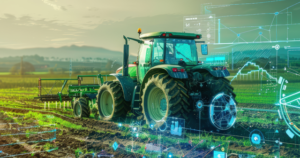How Is Machine Learning Used in Agriculture?
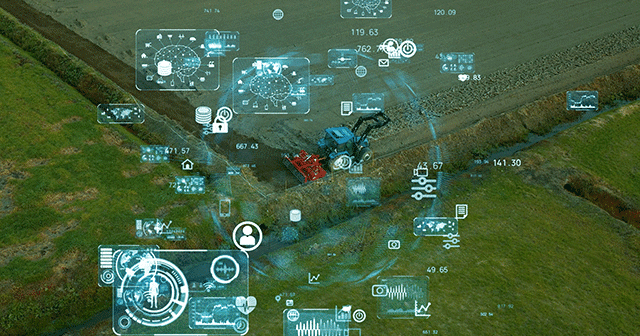
Machine learning (ML) has already begun to play an important role in making agriculture more efficient and effective. Precision ag relies on the gathering, processing, and analysis of data for more efficient agricultural production. On the modern farm, you can collect data with the use of advanced technology, such as:
- autonomous vehicles,
- variable rate technology,
- GPS-based soil sampling,
- automated hardware,
- telematics,
- software,
- sensors,
- cameras,
- robots,
- drones,
- GPS guidance, and
- control systems.
There is no doubt that equipment based on ML has brought the farming system to a new level of efficiency. This technology has increased crop productivity and enhanced tracking, harvesting, processing, and marketing in real-time.
For example, there is MyDTN. MyDTN is the leading independent, trusted source of actionable insights and market information. This tool also provides accurate temperature and precipitation forecasts, proprietary industry coverage from our award-winning newsroom, and more.
This technology aims to provide and act on precision ag insights of increasing quantity and quality. However, where does ML fit in, and how is it used in agriculture? To answer that question, first, you should be clear about machine learning.

More about machine learning
The technological tools that make the present and especially the future of agriculture so fascinating would be much less exciting and revolutionary without ML or AI (artificial intelligence). AI is the technology that holds the key to the huge leap forward that agriculture needs to make if it is going to meet the world’s future food needs.
The virtual assistant SIRI in Apple products, or its equivalent, is an example of machine learning that is already used in many day-to-day lives. The ML or AI part comes in when SIRI collects and refines information based on your previous interaction with her. SIRI will customize ongoing answers according to your personal preferences.
In the same way, agricultural ML is designed to collect specific data and apply specific algorithms to determine expected results. It can sift through vast amounts of data. Machine learning can emulate certain human brain functions like pattern generation, cognition, learning, and even decision making.
Machine learning in agriculture has the potential to be applied to various areas with outstanding results, from detecting weeds and diseases, predicting yield and quality of crops, to gathering data, providing insights, and offering predictions regarding livestock production.
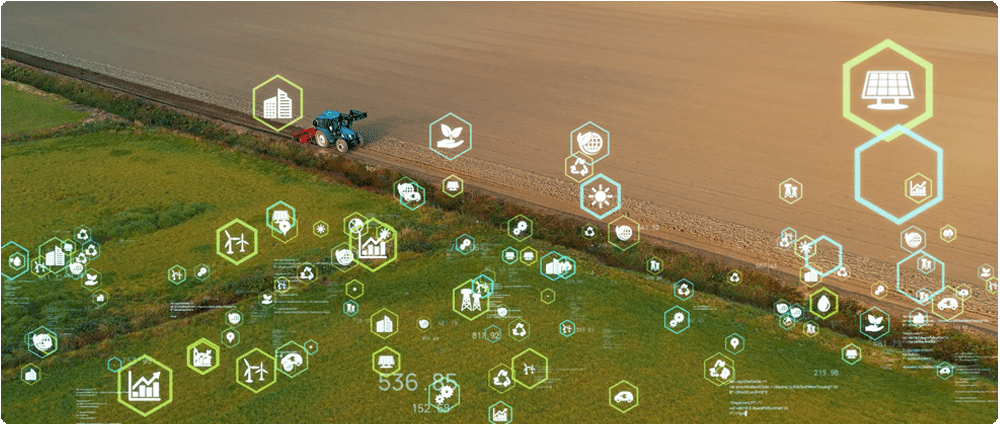
How does machine learning make farming more efficient?
Precision agriculture is the goal of every farmer. The combination of emerging technologies to achieve this are on our doorstep, including ML and Internet of Things (IoT) hardware.
In the book “Prediction Machines: The Simple Economics of Artificial Intelligence,” the current and future use of prediction machines are compared to how electricity and motor vehicles became more available during the 20th century.
Likewise, experts expect that the next big leap forward will be using ML. Most likely, it will never be able to replace the farmer. However, farm owners make complex decisions daily, and ML applications can provide farmers with insights to make those decisions more effectively.
Today’s farmers can access so much data—more data than they can handle without the assistance of machine learning technology. ML can analyze tons of data quickly. Based on that information, it can suggest a certain strategy. For example, it could suggest the best time to plant to avoid pests and disease.
The benefits of digital farming are tangible; it can help growers to choose the right inputs to maximize yield and profit. In addition, it can help growers to figure out actual costs on a field-by-field level, not just on a farm-wide basis.
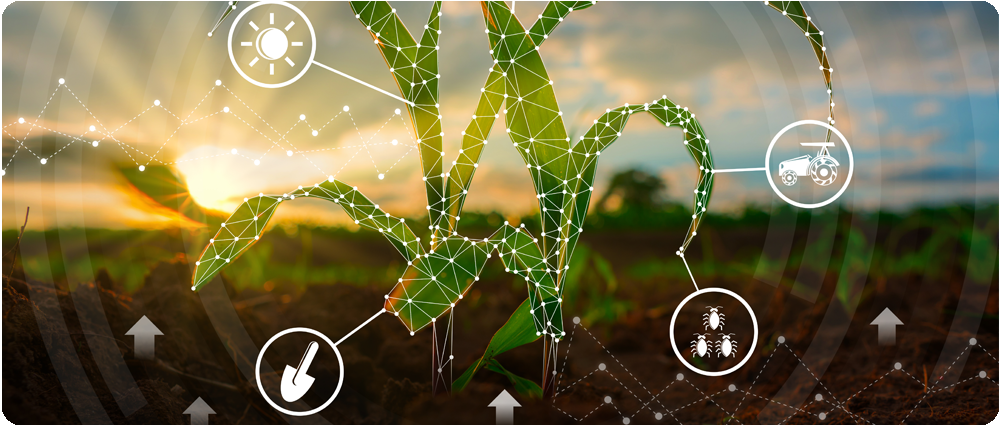
More examples of the use of machine learning in agriculture
The following are just a few examples of how the agricultural industry is using and can use ML:
Robots – Hyper-efficient AI harvesting bots can replace human workers in the agricultural sector and reduce labor costs. They can also help farmers to protect their crops by keeping track of and spraying weeds.
Watering – Farmers use AI to monitor growing areas for crop humidity, soil composition, and temperature. This AI use results in increased yields due to the optimization of water and fertilizer use.
Resource management – AI can help farmers save energy, reduce pesticides, and shorten the time to market.
Optimization of nitrogen in the soil – Nitrogen is a vital nutrient that allows plant growth. Although nitrogen is prevalent in the ground and the atmosphere, plants can only use a very small percentage of the nitrogen in the soil. Farmers can keep these inorganic nitrogen levels at optimum levels with the help of machine learning technology.
Nitrogen modeling predicts the nitrogen cycle in the atmosphere and the soil, thus guiding the farmer to optimum levels. Simulation software can check nitrogen availability and calculate when to add nitrogen to the soil. Conversely, it can also alert the farmer to too much nitrogen, which can poison the crops.
Species breeding – Species selection is a painstaking task involving searching for specific genes that will ensure effective responsiveness to water and nutrients. Ideal plant species will cope with climate change, be resistant to disease, have higher nutritional content, and taste better.
Machine learning allows us to draw from decades of field data for detailed crop performance analysis. A probability model from this data predicts which genes will contribute a sought-after genetic advantage to a plant.
Species recognition – Traditionally, plant classification has been done by basic comparisons such as the color and the shape of the leaves. Machine learning enables much more complex, accurate, and faster analysis of plants using more sophisticated techniques such as analyzing leaf vein morphology.
Although ML-driven farms are in their infancy, these few examples indicate that they are already evolving into factories run by machine learning. At the current time, machine learning solutions in agriculture tend to deal with individual problems.
In the future, though, with further integration of data capture and analysis, machine learning, and incorporating decision-making into an interconnected system, the present agricultural revolution will be in full swing.
Use precision ag insights to keep you up to date
To be part of this revolution, integrate MyDTN into your smart farm. MyDTN is the leading source of actionable insights and market information, from proven temperature and precipitation forecast accuracy to proprietary industry coverage. With MyDTN, buying and selling decisions are quicker and more effective. Armed with key information, such as commodity and cash market prices and unbiased market analysis, it keeps you connected, wherever you are.








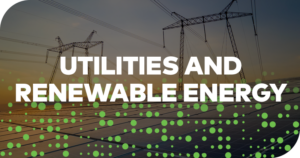
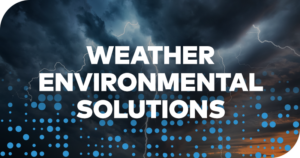

 Comprehensive weather insights help safeguard your operations and drive confident decisions to make everyday mining operations as safe and efficient as possible.
Comprehensive weather insights help safeguard your operations and drive confident decisions to make everyday mining operations as safe and efficient as possible.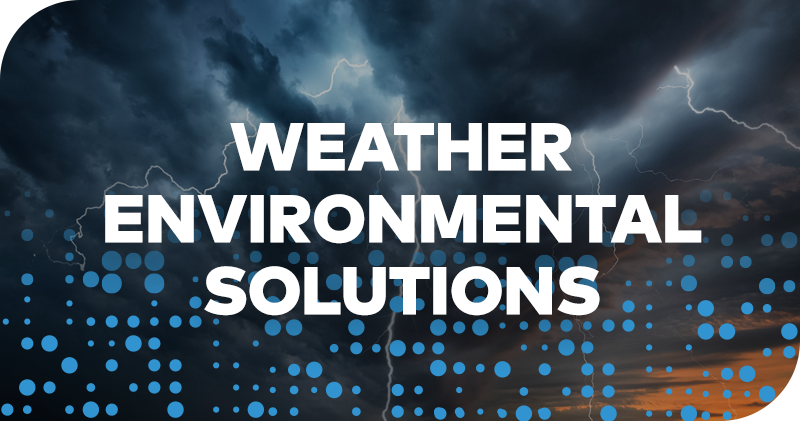 Learn how to optimize operations with credible weather and environmental intelligence. From aviation safety to environmental compliance, our comprehensive suite of solutions delivers real-time insights, advanced forecasting, and precise monitoring capabilities.
Learn how to optimize operations with credible weather and environmental intelligence. From aviation safety to environmental compliance, our comprehensive suite of solutions delivers real-time insights, advanced forecasting, and precise monitoring capabilities. 
